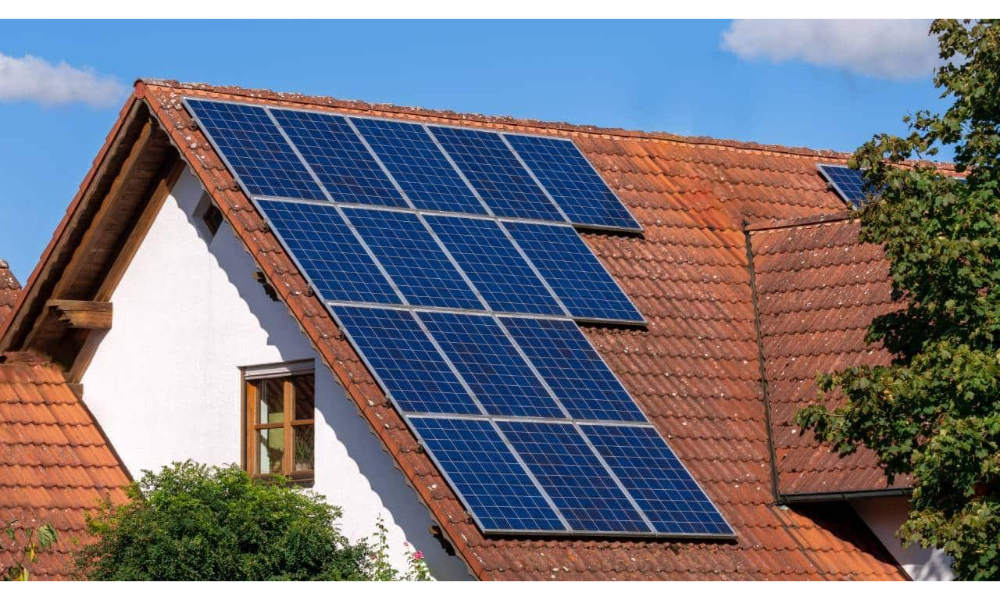Navigating the Complex World of Window Furnishing Providers
When you begin searching for a reliable curtain supplier Singapore residents can trust, you enter a marketplace that operates with layers of complexity most consumers never see. Behind the showroom displays and fabric swatches lies an intricate network of importers, manufacturers, and retailers, each claiming superiority whilst the quality and value propositions vary dramatically. Understanding this landscape requires moving beyond marketing promises to examine the mechanics of how curtain suppliers actually operate.
The curtain supply industry in Singapore, worth millions annually, functions as both retail theatre and practical service provider. Walk into any supplier’s showroom and you encounter carefully curated displays designed to inspire and reassure. Yet the real distinctions between suppliers emerge not in these staged environments but in the details that matter when curtains hang in your home for the next decade.
The Anatomy of Singapore’s Curtain Supply Industry
Singapore’s position as a regional trading hub shapes its curtain supply market in distinctive ways. The industry divides into several tiers, each serving different market segments with varying approaches to sourcing and service.
Import-Dependent Operations
Most Singapore curtain suppliers import their fabrics and hardware from manufacturing centres abroad. China, Turkey, and Europe supply the majority of materials, with each origin carrying different implications for quality and cost. A veteran supplier explains, “The fabric source tells you everything. European mills produce superior weaves with better dye stability, but they cost three times what you pay for Chinese equivalents.”
This import dependency creates vulnerability to supply chain disruptions, currency fluctuations, and quality control challenges. Suppliers who maintain direct relationships with mills gain advantages in both pricing and consistency compared to those purchasing through multiple intermediaries.
Local Fabrication Networks
Beyond material sourcing, curtain suppliers in Singapore rely on networks of local seamstresses and fabricators who transform raw fabric into finished products. These craftspeople, often operating from industrial units in Woodlands or Sungei Kadut, represent the hidden workforce that determines whether your curtains hang properly or develop premature wear.
The relationship between supplier and fabricator matters enormously. Long-term partnerships yield better quality control than transactional arrangements where work flows to whoever offers the lowest quote that month.
Critical Factors in Evaluating Curtain Suppliers
Selecting a curtain supplier requires investigating aspects that showroom visits alone cannot reveal.
Material Sourcing and Transparency
Serious suppliers provide detailed information about fabric origins, thread counts, and treatment processes. They explain why certain materials suit Singapore’s humid climate whilst others deteriorate rapidly. Vague answers about “premium quality” should raise immediate concerns.
Ask specific questions:
- Where exactly does this fabric originate?
- What certifications does it carry for colourfastness and durability?
- How has it been treated for mould resistance?
- What warranty covers fabric degradation?
The supplier’s willingness to answer these questions candidly reveals their actual expertise versus sales-focused superficiality.
Installation Capabilities and Standards
A curtain supplier’s installation team determines whether precisely measured and beautifully sewn curtains actually function correctly in your home. Installation errors create problems that become apparent only after the supplier has collected payment and moved to the next project.
Investigate the supplier’s installation practices. Do they employ full-time installers or engage freelance contractors? What training do installers receive? As one interior designer notes, “I have seen expensive curtains ruined by poor installation. The supplier blamed the installer, the installer blamed the measurements, and the homeowner was left with a mess.”
Understanding Pricing Structures
Singapore curtain suppliers employ various pricing models that can obscure true costs until you reach the final invoice.
Per-Metre Pricing Complexity
Most suppliers quote fabric prices per metre, but this represents only part of total costs. Lining materials, tracking systems, installation labour, and hardware add substantially to initial quotes. Some suppliers intentionally lowball fabric prices whilst inflating charges for necessary components.
Request itemised quotations that specify every cost component. Compare total project costs rather than individual line items when evaluating different curtain suppliers.
The Hidden Costs of Customisation
Custom curtain work involves numerous variables that affect pricing. Unusual window dimensions, complex heading styles, special hardware requirements, and rushed timelines all carry premium charges. Suppliers vary enormously in how they price these customisations.
The Timeline Reality
Understanding production and installation timelines prevents disappointment and planning failures.
Standard projects typically require four to six weeks from order confirmation to installation. This encompasses fabric ordering, fabrication, quality checks, and installation scheduling. Suppliers promising significantly faster turnarounds either maintain large fabric inventories, potentially offering limited choices, or cut corners in quality control.
Delays occur frequently. Fabric shipments miss connections, fabricators fall behind schedule, or installation teams face emergencies. A supplier’s handling of delays reveals their true character.
Red Flags and Warning Signs
Certain indicators suggest a curtain supplier may create more problems than they solve:
- Reluctance to provide references from recent projects
- Absence of physical showroom or fabrication facility visits
- Pressure tactics demanding immediate deposits
- Vague warranty terms without written documentation
- Inability to explain fabric specifications
These warning signs appear individually or in combination, signalling that the supplier operates with insufficient professionalism or questionable practices.
Making the Informed Choice
The process of selecting a curtain supplier in Singapore requires methodical evaluation rather than impulsive decisions based on showroom aesthetics or persuasive sales pitches. Visit multiple suppliers, compare their approaches to transparency, examine their material quality, and verify their installation capabilities.
Request to see completed projects similar to your requirements. Speak with past customers about their experiences. Understand exactly what warranties cover and what they exclude. Read contracts carefully before signing.
Your curtains represent both aesthetic investment and functional necessity. They control light, provide privacy, and contribute significantly to interior comfort in Singapore’s climate. The supplier you choose determines whether this investment delivers lasting satisfaction or becomes a source of ongoing regret. Taking time to thoroughly evaluate potential curtain supplier singapore options ensures your window treatments serve you well for years to come.




